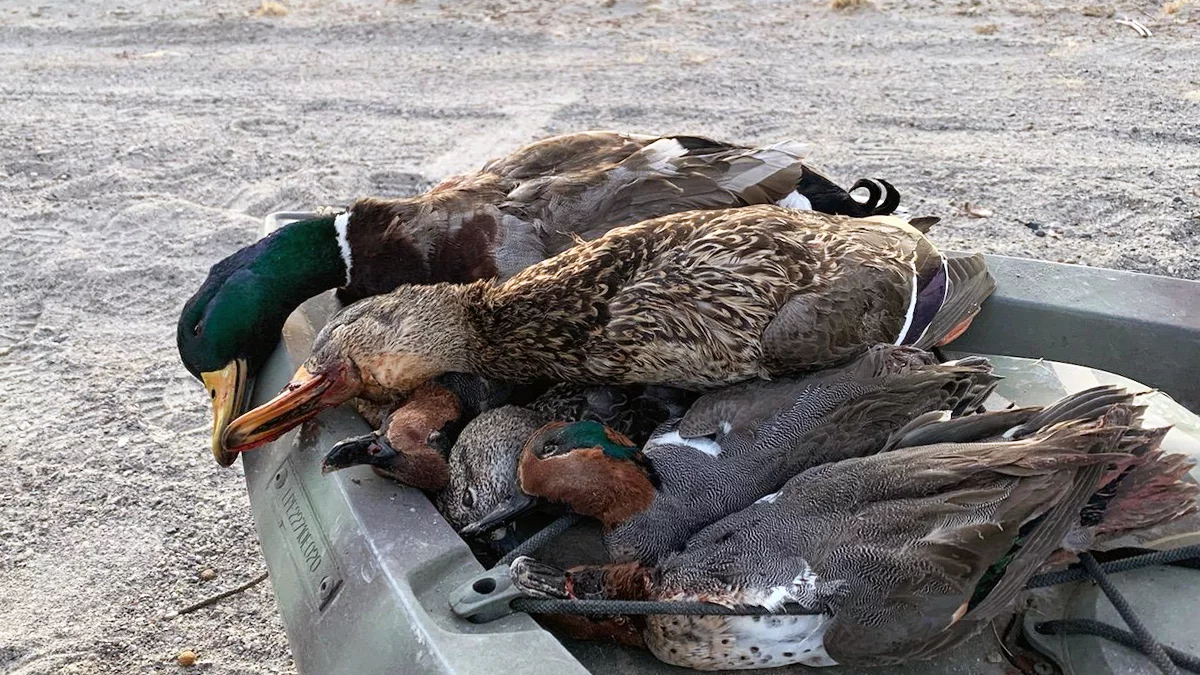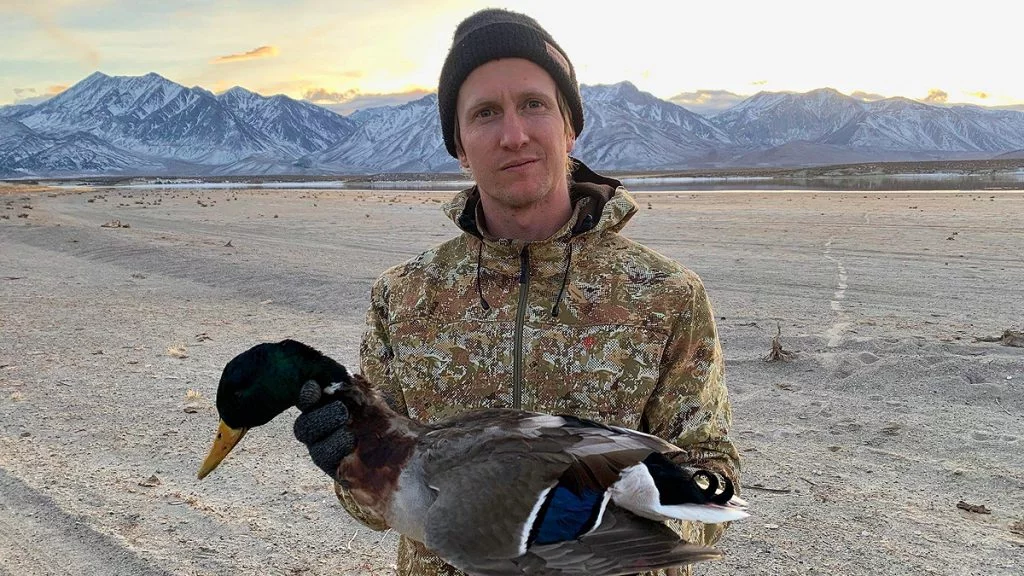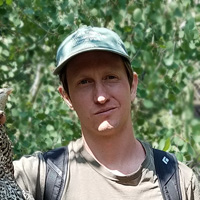
Three and a half months ago I had never shot a shotgun. Fast forward to today, and now not only do I own a semi-automatic 12 gauge, but also chest waders, a layout blind, a dozen decoys, and am newly the proud owner of a used sneak boat I found in the local classifieds. To say I fell hard for waterfowling would be an understatement. What initially was a passing interest has become an obsession.
While I grew up around hunting, it wasn’t something I was ever wholeheartedly interested in, and after my family moved to the suburbs of Southern California, it wasn’t something that felt easily accessible. As I got older, my life became more and more centered around the pursuit of rock climbing. My passion for the mountains grew in tandem with a concern for the conservation of wild places and sustainable food systems. Then at 30 years old, I found myself living in Bishop, California, smack dab in the middle of the Eastern Sierra, unknowingly primed to fall in love with hunting.
After reconnecting with an old climbing partner, who’s since hung up his shoes and harness in favor of his .270 and 12 gauge, I was convinced to join him on a quail hunt. While I unsurprisingly missed every quail we flushed, I did manage to bring home a hefty jackrabbit. That day spent wandering around the sagebrush in the shadows of the looming Sierra, was enough to convince me I needed my own gun. After some serious deliberation, I landed on purchasing a semi-auto 12 gauge that ended up in my hands just a few days after duck season had started.
While the Eastern Sierra might be known for its excellent deer hunting, nobody is writing home about the amazing opportunities for waterfowling, quite frankly, because there aren’t any, at least not any easy ones. That’s not to say there aren’t any ducks here, there definitely are, but it’s not like hunting Midwest cornfields. We mostly hunt small high desert lakes that sit between 6,500 and 7,000 feet in elevation.
The biggest challenge for us is concealment. The high desert is sage country but unfortunately, the sage typically stops a few hundred yards away from the shoreline which is typically just barren and unvegetated frozen mud. Through trial and error, we’ve eventually landed on small brushed in layout blinds being the best option. Other hunters in the area seem to rely on dragging over large piles of sage to the shoreline, but now towards the tail end of the season, birds won’t get anywhere near them.
The biggest takeaway for new hunters is that hunting, like most things, is a game of learning. I’m sure I’ve learned something new about ducks and duck behavior every time I’ve gone out this season. Don’t expect to get it right immediately and be prepared, just when you think you’ve got it all figured out, the weather will change, your go-to spot will freeze up, and it’ll be time to relearn everything. I’ve spent uncountable hours reading about ducks and scouting potential hunt spots. Putting in the leg work will be key to your success and as long as you bring an eagerness to learn and a willingness to fail, it’s truly never too late to start.
Tags: duck, duck season, green teal, greenhead, hunting, mallard drake, teal, waterfowl Comments


Leave a Reply